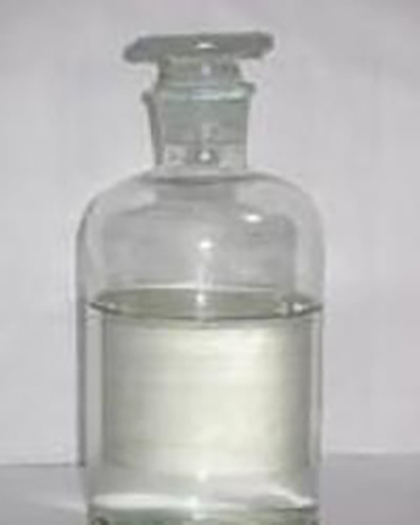The toxicity of Triethylene glycol
Introduction
Triethylene glycol (TEG) has been used for natural gas dehydration, as a humectant, solvent, and chemical intermediate in synthesizing resins, plasticizers, lubricants, and polyurethanes[1]. More than 50 years ago, TEG vapor or mist was introduced for disinfection, notably in barracks and hospital wards. Several experimental and in-use practical studies have shown TEG to be bactericidal for hemolytic streptococci, pneumococci, and staphylococci. However, a few studies have suggested that TEG is ineffective in the control of respiratory infections. A minor use, not supported by some manufacturers, is generating smokes, mists, or fogs from TEG formulations for theatrical purposes.
Toxicity
TEG is a liquid with higher glycol and very low vapor pressure with primarily industrial uses. It has a very low order of acute toxicity by i.v., i.p., peroral, percutaneous, and inhalation (vapor and aerosol) routes of exposure. It does not produce primary skin irritation. Acute eye contact with the liquid causes mild local transient irritation (conjunctival hyperemia and slight chemosis) but does not induce corneal injury. Animal maximization and human volunteer repeated insult patch test studies have shown that TEG does not cause skin sensitization. A study with SwissWebster mice demonstrated that TEG aerosol has properties of a peripheral chemosensory irritant material and caused a depression of breathing rate with an RD50 of 5140 mg m−3[2].

Continuous subchronic peroral dosing of TEG in rats' diets did not produce any systemic cumulative or long-term toxicity. The effects seen were dose-related increased relative kidney weight, increased urine volume, and decreased urine pH, probably due to the renal excretion of TEG and metabolites following the absorption of large doses of TEG. There was also decreased hemoglobin concentration, decreased hematocrit, and increased mean corpuscular volume, probably due to hemodilution following absorption of TEG. The NOAEL was 20 000 ppm TEG in diet. Short-term repeated aerosol exposure studies in the rats demonstrated that, by nose-only exposure, the threshold for effects by respiratory tract exposure was 1036 mg m−3.
Elimination studies with acute peroral doses of TEG given to rats and rabbits showed high recoveries (91–98% over 5 days), with the significant fraction appearing in urine (84–94%) and only 1% as CO2. TEG in urine is present in unchanged and oxidized forms but only in negligible amounts as oxalic acid.
Developmental toxicity studies with undiluted TEG given by gavage produced maternal toxicity in rats (body weight, food consumption, water consumption, and relative kidney weight) with a NOEL of 1126 mg kg−1 day−1, and mice (relative kidney weight) with a NOEL of 5630 mg kg−1 day−1. Developmental toxicity, expressed as fetotoxicity, had a NOEL of 5630 mg kg−1 day−1 with rats and 563 mg kg−1 day−1 with mice. Neither species showed any evidence of embryotoxicity or teratogenicity. In a continuous breeding study, there was no evidence for reproductive toxicity with mice given up to 3% TEG in drinking water. TEG did not produce mutagenic or clastogenic effects in the following in vitro genetic toxicology studies: Salmonella typhimurium reverse mutation test, SOS-chromo test in E. coli, CHO forward gene mutation test (HGPRT locus), CHO sister chromatid exchange test, and a chromosome aberration test with CHO cells.
References
[1] Bryan Ballantyne, William M. Snellings. “Developmental toxicity study with triethylene glycol given by gavage to CD rats and CD-1 mice.” Journal of Applied Toxicology 25 5 (2005): 418–426.
[2] Bryan Ballantyne, William M. Snellings. “Triethylene glycol HO(CH2CH2O)3H.” Journal of Applied Toxicology 27 3 (2007): 291–299.
You may like
Related articles And Qustion
See also
Lastest Price from Triethylene glycol manufacturers

US $0.00/kg2025-05-22
- CAS:
- 112-27-6
- Min. Order:
- 230kg
- Purity:
- 99%
- Supply Ability:
- 20000

US $6.00/kg2025-04-21
- CAS:
- 112-27-6
- Min. Order:
- 1kg
- Purity:
- 99%
- Supply Ability:
- 2000KG/Month




